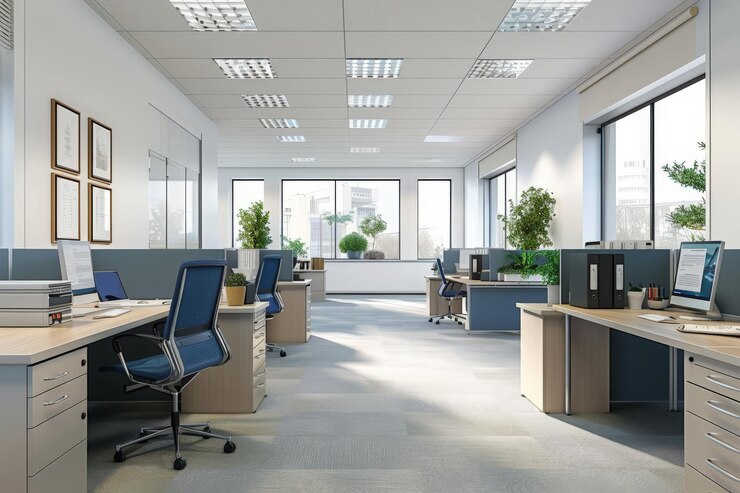The global pandemic has left an indelible mark on the way we work, prompting architects and designers to rethink traditional office layouts. The shift towards hybrid work models, combining remote and in-office work, has reshaped the priorities for workspace design. Here are the emerging trends defining the post-pandemic office landscape:
1. Flexible Layouts
Workspaces are embracing adaptability to cater to a variety of work styles and team sizes. Modular furniture, movable walls, and open-plan designs allow companies to reconfigure spaces as needs evolve. This flexibility supports collaborative projects while also accommodating individual tasks.
2. Biophilic Design
Biophilic design—incorporating natural elements like plants, natural light, and organic materials—has gained traction as a way to enhance employee well-being. Studies have shown that biophilic environments reduce stress and increase productivity, making them a cornerstone of modern office design.
3. Enhanced Air Quality and Ventilation
Health and wellness are paramount in post-pandemic workspaces. Advanced HVAC systems, air purifiers, and the integration of natural ventilation are now standard considerations. These improvements ensure cleaner air and reduce the risk of airborne illnesses.
4. Wellness-Focused Amenities
Offices are integrating wellness-focused amenities to attract and retain employees. Features like meditation rooms, fitness centers, and quiet zones address the holistic needs of the workforce. Ergonomic furniture and adjustable desks are also becoming widespread.
5. Technology-Driven Solutions
Smart technology is transforming the workplace. Touchless systems, automated lighting, and IoT devices ensure seamless operations while reducing physical contact points. Virtual collaboration tools are also being integrated into the physical workspace to bridge the gap between in-person and remote workers.
6. Emphasis on Community and Collaboration
While remote work has its advantages, many employees miss the camaraderie of the office. Design strategies now focus on creating spaces that foster collaboration and community, such as breakout areas, communal kitchens, and team meeting zones.
7. Sustainability and Energy Efficiency
Sustainable building materials and energy-efficient designs are becoming standard practice. From solar panels to recycled materials, offices are being designed with a reduced environmental footprint in mind.
8. Privacy Pods and Focus Areas
The open-plan office—a pre-pandemic favorite—is evolving. Privacy pods and designated focus areas offer quiet spaces for concentrated work, addressing the need for balance between collaboration and individual productivity.
9. Hybrid Work Infrastructure
To support hybrid work models, offices are equipped with video conferencing rooms, hot-desking systems, and technology that facilitates seamless transitions between remote and in-office work. These features ensure that all employees, regardless of location, remain connected and productive.


